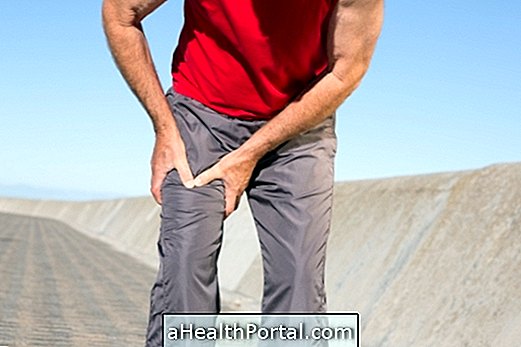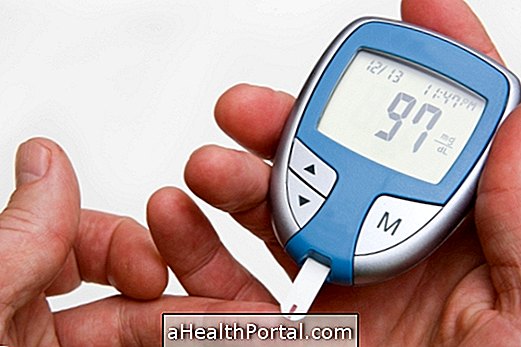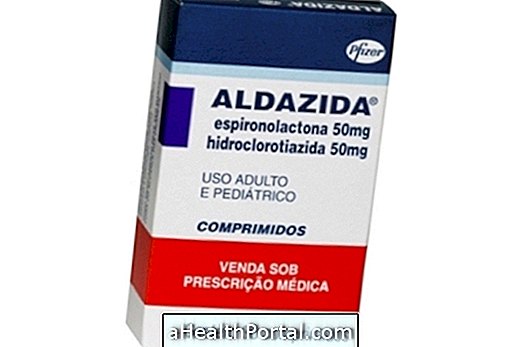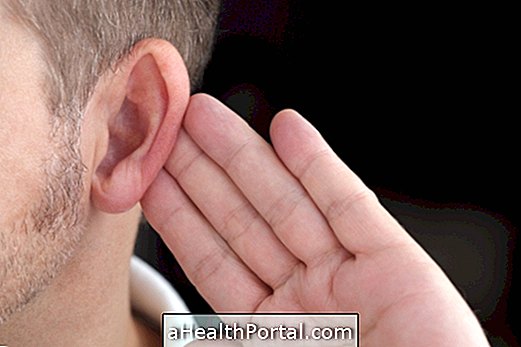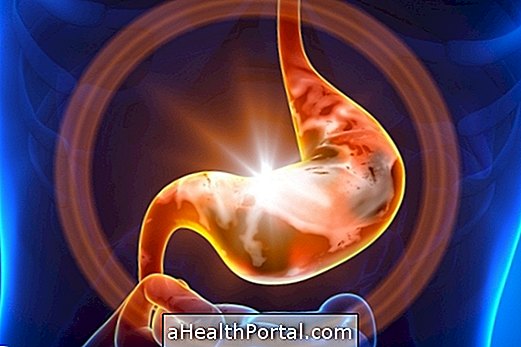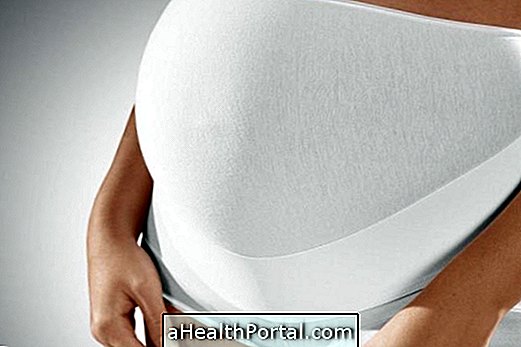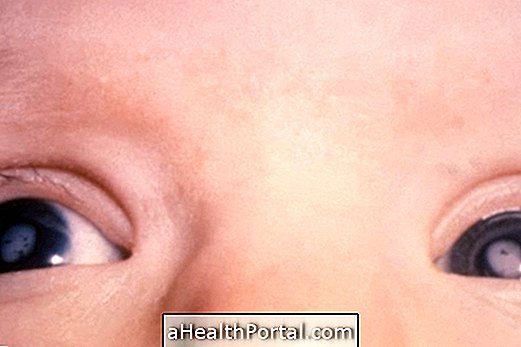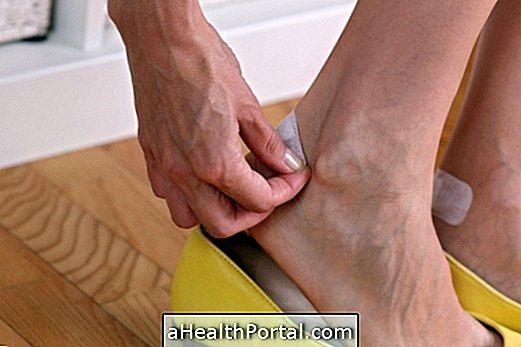The best exercises to cure the Dead Butt Syndrome are those that strengthen the gluteus medius, since this is a muscle that is weakened, leading to the appearance of stabbing pain in the hip when running, for example.
The dead butt syndrome is a condition, scientifically called gluteus medial syndrome or Dead Butt Syndrome, which happens due to lack of exercises with the glutes. The glutes are formed by 3 different muscles: the gluteus maximus, medium and minimum. In this syndrome although the gluteus maximus may be strong, the gluteus medius is much weaker than it, leading to imbalance of muscular forces. As a result, the person may have an inflammation in the gluteal tendon that manifests through localized pain in the hip when running or having sex, for example.
5 exercises to strengthen the glutes
This series contains 5 excellent exercises that strengthen the glutes, specifically the gluteus medius. These exercises should be performed in 3 sets of 6 to 8 repetitions at a time, and can be performed 3 to 5 times a week.
1. Squatting
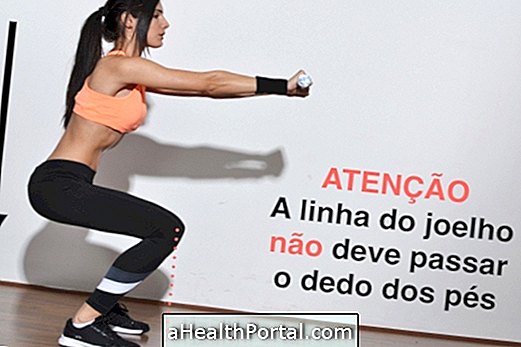
Separate the legs to the width of the hip and with the spine upright, crouch, bending the knees until it is 'seated' in an imaginary chair. Be careful that your knees do not extend beyond your toes. The goal is to feel the work of the buttocks and so should not tilt the body forward in order to facilitate movement.
2. Scissors

Lie on your belly up and raise both legs bent until it forms a 90 degree angle. Keep your legs slightly apart and shrink your belly by bringing the navel closer to your back. The exercise consists of placing one foot at a time on the ground, and while one foot goes up the other descends.
Shoulder bridge

Lie on your belly up and keep your legs bent with your knees and feet glued together. With your hands you should be able to touch the heel. The exercise consists of raising the trunk of the floor, maintaining the contraction of the buttocks to be able to raise the body of the floor to the maximum that obtains. When you reach the maximum point you must count to 3 and then descend. To make it difficult, each time you lift the torso from the floor, stretch one leg toward the ceiling and then return to the starting position.
4. Clam

In this exercise you should lie on your side and put your arm on your head, your legs should be bent. The back should be well aligned and the exercise is to open the leg above, keeping your feet flat. Care should be taken not to let the torso turn back and even if the leg opening is not too large, what matters is to feel the gluteus being worked.
5. Leg lifts

While lying on your side you should keep your legs well stretched and your body well aligned, where you can look down and see only the tips of your toes. The exercise consists of raising the leg from above to hip height and then raising the lower leg so that it is attached to hip height. Then you should lower both legs together.
Who can have this syndrome
The weakness of the gluteus medius can affect anyone who is sedentary and spends more than 8 hours a day sitting without exercising. However, this syndrome can also affect people who practice physical activity regularly, such as runners who like to run alone, without professional support and without strengthening of other muscle groups.
Thus, it is easier for a runner who does self-exercise to develop this gluteus medius weakness than triathlon practitioners, for example, because exercise variation helps strengthen various muscle groups and is beneficial to the body.
How To Identify Dead Butt Syndrome

To identify the weakness of the gluteus medius the person can stand and support the weight of the body on one leg. When this muscle is weak or inflamed it is common to have hip pain; pain in the gluteus during palpation and it is common to be difficult to keep the hip well positioned and the good posture in that position. The pain can also manifest when the person lies on his or her side and lifts the leg stretched to hip height or above, when running or spending more than 30 minutes sitting.
Consequences for health
The weakness of the gluteus medius may result in inflammation of the tendon of this muscle that causes intense pain, such as a stitch in the hip region by standing for many hours, climbing stairs or sitting on a hard chair. As a result of this there may still be pain in the lumbar spine which becomes frequent in the knees due to the iliotibial band attrition syndrome and increases the chances of an ankle sprain during a run.
If these symptoms are present you should go to the orthopedist to perform tests that can identify this disease and make sure that it is not other diseases such as osteomyelitis or bursitis, for example. Normally, no examination is required, and only certain forms of palpation and specific positions, which are orthopedic tests, are sufficient to arrive at the diagnosis.
Other forms of treatment
When the weakness of the gluteus medius causes intense pain and inability to sit for a long time the orthopaedist may indicate taking anti-inflammatories such as Ibuprofen or Naproxen and using an ointment such as Cataflan to pass the pain site. However exercises and physical therapy are essential to keep the muscle groups properly balanced. The deep massage on the gluteus also helps to heal the inflammation and reduce the workouts, decreasing its frequency and time is also important to cure this syndrome faster.
How to avoid this syndrome
The best way to avoid dead butt syndrome is to exercise with various muscle groups. This indicates that especially runners should also strengthen the glutes and abdominal muscles during their training. These exercises should preferably be guided by a physical education professional, personal trainer or physiotherapist who works with Pilates, for example.
